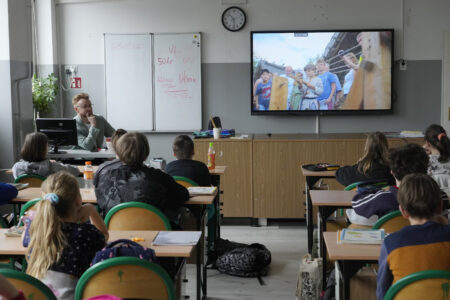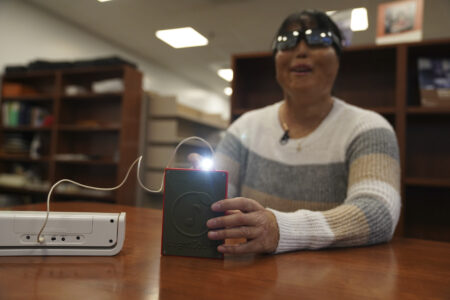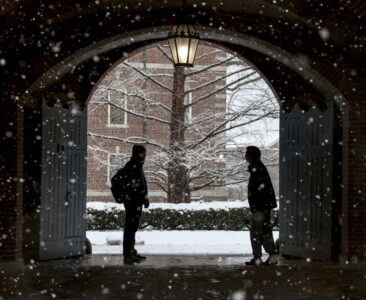Kids will have quiet fun with puzzles
Children of all ages need lots of exercise and fun outdoor play but there are times when quieter indoor play is on the schedule. Reading with your children is always a very enjoyable and important activity. Another source of quiet fun is puzzles. Available in all shapes and sizes, they instill interest and learning for children as young as six months. Working together with an adult to complete the picture goal provides the individual attentionchildren crave, encouragement, and helpful hints. Completing the puzzle fosters persistence and working toward a goal.
Learning with Puzzles
Puzzles come in many types, sizes, scenes and degrees of difficulty. For the very young child, large wooden jigsaw puzzles with easy to handle pieces are just right to develop hand muscles. Look for a matching picture on the frame and box. There may be easy geometric shapes or a sound effect when the right piece is placed. Pictures of animals, toys, or foods are often the subjects. There are also foam puzzles which feature animals, shapes or letters. All are great gifts.
For somewhat older children, more complex and large floor puzzles provide the right amount of challenge. When working with children show them strategies. Organize piles of the same color to help them choose pieces. You can show them how fit the correct piece by turning and sliding. Those are geometric skills tested in school.
Young children need to manipulate real puzzles to develop their finger muscles and their brains. Many libraries allow puzzle checkout. Older school age children may like computer based puzzles. Look for free online jigsaw puzzles. They are easy to find on the web or app store. One site is hellokids.com These are appropriate for school age children and have up to 36 pieces. Then they can progress to thousands of pieces and help adults.
Making Puzzles
To make homemade puzzlesgather colored pictures, glue, and heavy paper. Glue the picture on heavy paper. When dry, cut the picture into a few pieces like squares, triangles, and rectangles. Leave a frame around the picture so it is easier to find the correct place for each piece. Teach children how to sort similar colors and put edge pieces together first.
Another puzzle uses tongue depressors. Gather tape, wooded tongue or craft sticks, and markers.
Tape seven craft sticks together to make a rectangle. On the other side, your children can make a big simple picture with colored markers. Then, remove the tape and scramble the pieces. Reassemble the sticks to show the picture again. Puzzles are most rewarding and effective early learning tools when children learn by working with someone else who can sit close and help with strategies, encouragement, and hints.
EDITOR’S NOTE: Grandparents Teach, Too is a non-profit organization of elementary and preschool teachers from Marquette, Michigan. The writers include: Jan Sabin, Mary Davis, Jean Hetrick, Cheryl Anderegg, Esther Macalady, Colleen Walker, Fran Darling, and Iris Katers. Their mission since 2009 is to help parents, grandparents, and other caregivers of young children provide fun activities to help prepare young children for school and a life long love of learning. They are supported by Great Start, Parent Awareness of Michigan, the U.P. Association for the Education of Young Children, Northern Michigan School of Education, the Upper Peninsula Children’s Museum and the Northern Michigan University Center for Economic Education.





